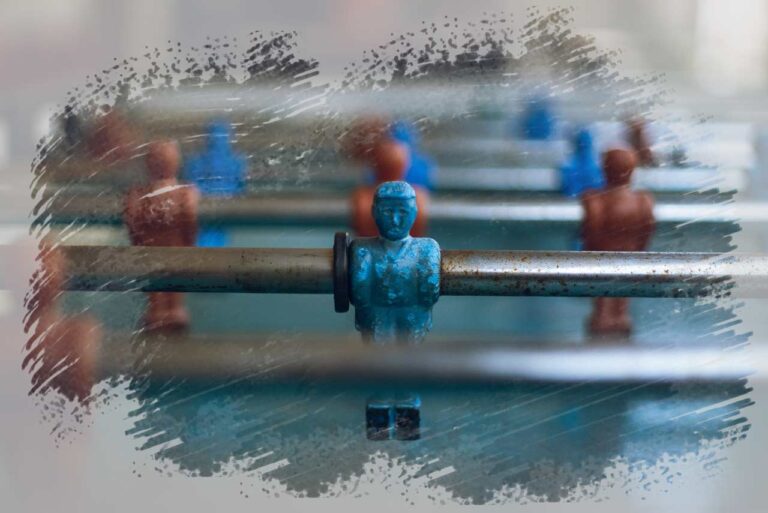Designing job roles sounds easy. You take a blank page and start writing what you need the person to do. If you have the resources to create a brand-new role, your canvas is ready to go. However, if your team leader recently left the business and the team is in a mess, this is quite different. Additionally, if the role was customer-facing in a busy organisation then it is likely to be a copy and paste of the leaver. Of course, we are assuming that there is a job description in existence. Worse still, if there is a job description, it may be a ‘Frankenstein’ of previous candidate’s responsibilities with a few extra surprises sprinkled on. Notice that we have not yet mentioned the context of the role within the organisation, which is also a factor. Today, we discuss how designing jobs that people want enhances CX and EX.
Designing jobs
First thing’s first. In an organisation, who is responsible for designing jobs? Does this fall to the board of directors as part of enabling the organisation’s vision? Does this fall to HR to carefully craft an organisation that meets their objectives? Alternatively, does it fall to management, who require specific tasks completing, to deliver their required performance? In truth, it could be all of the above, beginning with the board designing an organisation to fulfil their vision and goals. HR then develop the people strategy, policies and performance frameworks to control and guide employees. Finally, the managers are familiar with the requirements of the role i.e. the major tasks that need completing, organising their resources and roles to deliver outcomes.
Rarely, in our experience, are employees themselves involved in designing jobs. Furthermore, the closer the roles are to the customer, the less influence staff seem to have over their own role. Since they interact with customers, experiencing the challenges of serving customer needs and doing a great job within their organisational situation, they have valuable input that is rarely tapped. This could be for many reasons, such as a lack of respect for the opinion of junior and low-paid staff (who most often interact with your customers), an unwillingness to tackle the big issues at management level or fear of discovering the truth. Either way, there seems little co-ordination to ensure that job roles are designed in such a way that people want the jobs and can excel at them.
Great jobs
There are many benefits in offering great jobs. These include happier employees, higher staff retention, increased innovation and more loyal customers. Yes, it’s true, happy and motivated staff tend to provide (with the right training) superior customer experience. Ultimately, it depends on the strategic goals of your organisation and your profit margin. If you set out to deliver superior CX to differentiate from your competitors, you need great job roles and higher salaries. Alternatively, if you have wafer-thin profit margins, you may struggle to justify the investment. In such circumstances, organisations either need to possess such values (and supportive owners) or they are reduced to fiddling with minor hygiene factors.
Great jobs often mean higher remuneration but not always. The same job in one organisation may be quite different to a similar organisation. For example, one contact centre could have a run-down environment, low pay, poor systems and micro-managing bosses causing high churn. Worse still, management may not understand what motivates their staff. Another may possess enviable facilities, user-friendly systems, clear responsibilities, supportive management and the same low pay. If both locations were side-by-side, many staff would leave to where the grass looks greener. Indirectly, and somewhat ironically, this would push the former to offer higher salaries to try and retain people. Short-sighted? Probably.
Redesigning the organisation
Organisational design is not for the faint-hearted. No, it’s a large project and like any sizeable transformation, it is complex, takes time and meets resistance. However, when you consider a customer-facing function bogged down by inefficient processes and systems, troublesome partners and customers, de-motivated people and managers who need the skills to make it better, something radical needs to happen. Since everyone in the organisation has a job to do, it sometimes makes sense to bring in support with org design and job role design.
The worst thing that can happen is that a manager hires a person to perform the same poor job as the last person with some extra bits tagged on. This not only increases complexity for the new joiner, hindering their ability to excel, but kicks the can down the road and passes up an opportunity for EX improvement. Similarly, an enthusiastic candidate who is sold on the vision of your organisation but promptly departs after a few weeks or months suggests a deeper problem. Churn is to some extent, ‘catching’. If new recruits leave quickly, the job itself may be poor or the organisational culture may be toxic. The other team members further lose motivation, believing that things will never improve.
Jobs that people want are achievable
With a lot of will and a little hard work, organisations can design job roles that people want. This increases productivity but lowers churn, recruitment costs, training costs and sick leave. This means a more positive employee experience. It also keeps some customers from leaving. When the job roles are on the frontline, you are directly influencing your customer experience. Customers who receive a better experience, see more innovation and feel good about you will spend more and stay longer. So, what are you waiting for? Isn’t it time that you turned over that rock and looked at what is underneath?
If you would like to speak to one of our team about designing great jobs in your business, simply drop us a short email. Alternatively, why not pop a few details into our web form and we will arrange a video call with you.
Finally, why not check out a related article on how to design your target operating model

